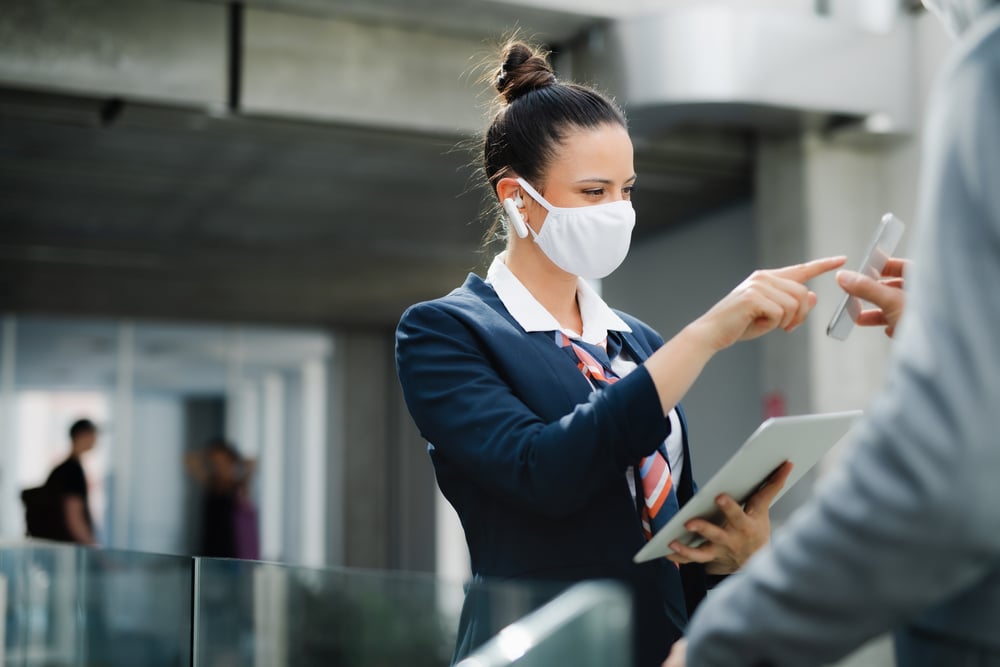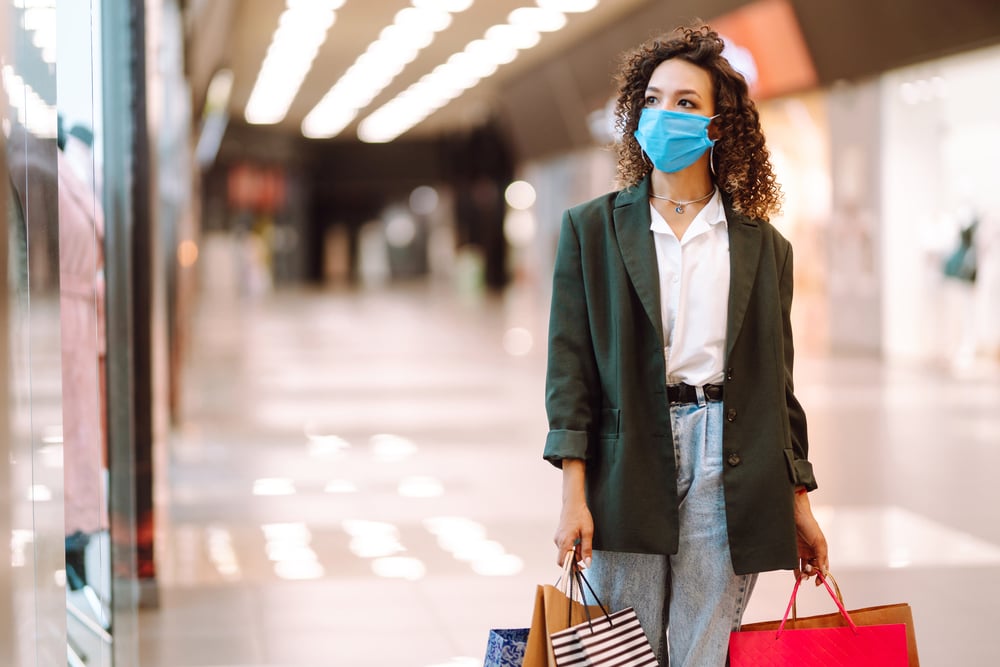How These 3 Major Industries Are Adapting to the "New Normal"
There's no denying the impact the COVID-19 pandemic has had on the world over the past year. We have all had to adapt personally and professionally as we settle into our “new normal.” For brands and businesses, it’s been an equally challenging adjustment, and some sectors have struggled more than others. In particular, the travel, shopping, and hospitality industries have all been hit especially hard.
For businesses in these industries, every part of the operational mix has been affected, including marketing and strategic planning. So, just how are prominent brands tip-toeing through a path of unexpected obstacles? Let’s dive deeper into these three sectors and a few ways brands, in general, have adapted to our new world.

Travel
Severe travel restrictions in 2020 and 2021, both at home and abroad, flipped the travel industry on its head, resulting in historically low sales. According to the US Travel Association, sales declined by over 42% compared to 2019. Americans that continued traveling also did so differently. Industry experts identified a few trends that have gained steam in reaction to COVID-19 health concerns and the current cultural climate. These include:
- An increase in road trips
- More demand for local "staycations"
- Higher interest in RV travel
- Additional demand for travel advisors
- A focus on the quality of travel versus quantity
- An increase in inclusive and sustainable travel options
- A movement towards small-town attractions versus big city tickets and destinations abroad
To keep up with the pandemic-related changes, the travel industry is changing internally as well. More and more brands are investing in community and charitable initiatives to build awareness and grow sentiment rather than investing in traditional marketing campaigns. For example, Delta Air Lines offers medical personnel free flights, and the Four Seasons Hotel in New York City allows medical volunteers to stay sans charge.
Travel brands are also exploring new ways to reduce physical contact and infection risks along a customer’s journey, such as adopting touchless features like contactless check-in points, to both grow consumer confidence in traveling again and ensure customers are kept safe. Internally, many travel brands are amplifying their online customer support services by investing in digital tools such as chatbots to reduce the need for in-person assistance and relieve busy call centers.

Restaurants
Highlighted most by the media is the hurt that COVID-19 inflicted on the restaurant industry. Businesses were able to quickly pivot to delivery and pick-up only models, but for many, it wasn't enough to make up for the loss of in-person dining. A recent Zagat survey reported that three out of four diners cited health and safety concerns as a deterrent to dining out, and in January 2021, USA Today reported nearly 70,000 restaurants had closed their doors for good, with a large percentage of remaining eateries fighting to survive and service workers struggling to find employment.
With industry experts predicting that the cautious mood is persistent, restaurants have been forced to re-evaluate their offerings. Luckily, restaurant owners have been just as creative as their counterparts in the travel industry in terms of responding to COVID restrictions. Here are just a few ways our favorite places to eat have adapted:
- Transparency about cleanliness procedures
- Single-use or digital menus accessible via QR codes, plus smartphone apps to increase guest engagement
- Shifting away from family-style meals and towards individual plates
- Expanding to-go offerings, including alcoholic beverages, meal kits, and pantry items
- Expanding outdoor dining and changing indoor seating arrangements
- Pop-ups and ghost kitchens
Retail
Despite the industry already trending towards e-commerce and online shopping, the retail industry has been forced to make additional changes to its business model. The pandemic raised concerns among customers about the health and safety of both shoppers and workers, impacting physical locations and in-person customer service. Furthermore, increased unemployment rates among consumers have resulted in a decline in retail spending which isn’t projected to recover fully just yet.
Retail trends observed in response to COVID changes include:
- An increase in online shopping and mobile ordering, even for small shops
- More stores offering curbside pickup, with 59% of consumers stating they’ll continue to use the service after the pandemic
- Authentic and empathetic marketing that focuses on building relationships versus pushing sales
- Increased use of digital and contactless payment options
- More interest in social impact campaigns and charity partnerships
Post-COVID Solutions for Success
For most consumers, there is an increased focus on health, social distance, and safety, which businesses need to keep top of mind when introducing new products and adjusting their current offerings. Take Venmo and PayPal, for example. Early on in the pandemic, these payment services took a hard look at their product offerings and asked themselves how they could adapt to best serve their users. By quickly implementing touch-free payment options, they were able to support their small business customers by providing tools they can offer to their own increasingly cautious customers. This quick solution now allows consumers to shop “normally” yet safely with QR and touchless payment options via their own smartphones.
Content Marketing & The "New Normal"
The travel, retail, and restaurant industries’ shift towards a more digital-first model has resulted in an increased demand for content marketing. Developing helpful virtual campaigns to educate consumers about updates, explain reasonings behind new procedures, and share how they're giving back during the pandemic has become a priority for brands.
Long gone are the days when roadside billboards or TV commercials were the most popular forms of advertising. Now, it’s all about tapping into your targeted audience online, ensuring your messaging is crafted specifically for them, and reaching them in the right way. So, how can these brands connect with consumers most effectively and efficiently? Custom content paired with data-driven promotional strategies.
That’s where the StoryStudio comes in. Our content marketing packages and tailored native strategies are unique to every brand partner and are managed end-to-end by our expert team. We know there is no one size fits all answer to content, and we're taking the confusion out of post-COVID messaging. Ready to get started? Contact us today to begin customizing your content plan.


